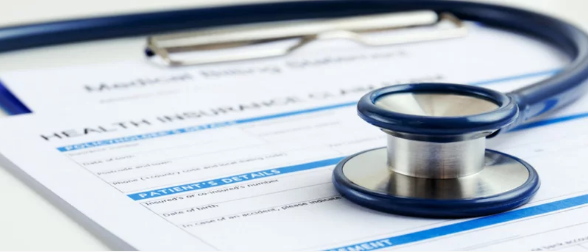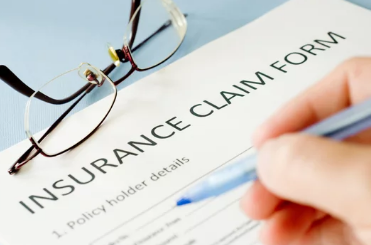Car insurance is designed to protect drivers financially from the risks of accidents, theft, and damage. Yet many people buy policies without fully understanding what is actually covered—and what isn’t. Knowing the details of your coverage ensures you are properly protected and avoids unpleasant surprises when filing a claim.
This guide explains what car insurance really covers, the different types of coverage available, and how to make the most of your policy.
Why Understanding Car Insurance Coverage Matters
Without understanding your policy, you may:
- Be underinsured for accidents or theft
- Pay for unnecessary coverage
- Face unexpected out-of-pocket expenses
- Experience delays or claim denials
Knowing your coverage helps you make informed choices, customize your policy, and save money while staying protected.
1. Liability Coverage
Liability insurance is the most basic and legally required coverage in most states or countries. It covers:
- Bodily Injury Liability: Pays for medical expenses, lost wages, and legal fees if you injure someone in an accident.
- Property Damage Liability: Covers the repair or replacement of someone else’s property, such as vehicles, buildings, or fences.
Tip: Liability coverage does not pay for your own medical bills or car damage. It protects others from your actions.
2. Collision Coverage
Collision coverage pays for repairs or replacement of your vehicle after an accident, regardless of fault. It is especially important for:
- New or expensive cars
- Drivers who want protection against minor and major collisions
Tip: Collision coverage usually comes with a deductible—the amount you pay out-of-pocket before insurance kicks in. Higher deductibles lower premiums but increase immediate costs after a claim.
3. Comprehensive Coverage
Comprehensive insurance covers damage to your car caused by events other than collisions, such as:
- Theft or vandalism
- Fire or natural disasters (flood, hail, earthquakes)
- Falling objects or animal collisions
Tip: Comprehensive coverage is optional for older vehicles but recommended for newer or valuable cars.
4. Personal Injury Protection (PIP) or Medical Payments Coverage
PIP and medical payments coverage help pay for medical expenses for you and passengers after an accident, regardless of fault. This can include:
- Hospital and doctor visits
- Rehabilitation or physical therapy
- Lost wages in some policies
Tip: PIP is required in some states and may also cover funeral expenses or essential services if you’re injured.
5. Uninsured/Underinsured Motorist Coverage
This coverage protects you if another driver is at fault and:
- Has no insurance
- Has insufficient coverage to pay for your damages
Tip: Uninsured/underinsured motorist coverage ensures your expenses are covered even if the other driver cannot pay.
6. Rental Car and Roadside Assistance
Many policies offer optional add-ons such as:
- Rental Car Coverage: Pays for a temporary vehicle while your car is being repaired after a covered claim.
- Roadside Assistance: Provides services like towing, jump-starts, fuel delivery, or lockout help.
Tip: These add-ons increase convenience but may slightly raise your premium.
7. Gap Insurance
Gap insurance is designed for drivers who lease or finance their car. If your car is totaled, standard insurance may only pay the current market value, leaving a gap between the loan balance and payout. Gap coverage bridges this difference.
Tip: Gap insurance is most useful for new or leased vehicles that depreciate quickly.
What Car Insurance Usually Doesn’t Cover
- Mechanical breakdowns or normal wear and tear
- Personal belongings inside the car (unless added via endorsement)
- Intentional damage
- Accidents while driving under the influence or using the car illegally
Tip: Reading the fine print ensures you know the limitations of your coverage.
How to Make the Most of Your Car Insurance
- Review Your Policy Annually: Update coverage based on vehicle age, value, and driving habits.
- Adjust Deductibles: Find a balance between affordable premiums and manageable out-of-pocket costs.
- Ask About Discounts: Safe driver, multi-car, bundling, or safety feature discounts can save money.
- Document Accidents Promptly: Report claims immediately and provide accurate information.
- Understand Your Coverage: Know what each part of your policy covers to avoid surprises.
Conclusion
Car insurance is more than a legal requirement—it’s a financial safety net. Liability, collision, comprehensive, and optional coverage like PIP or gap insurance work together to protect you, your passengers, and your finances from unexpected accidents, theft, and damage.
By understanding what car insurance really covers and customizing your policy to your needs, you can drive with confidence, save money, and avoid costly surprises on the road.





